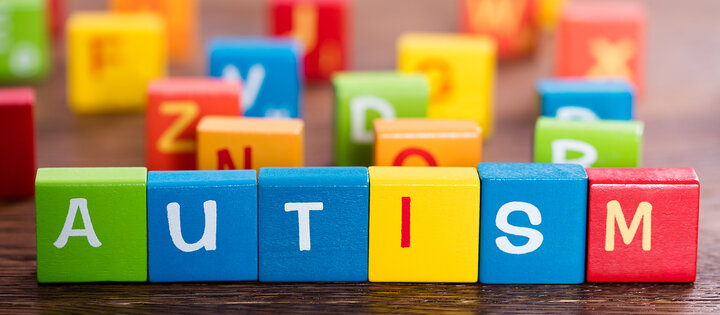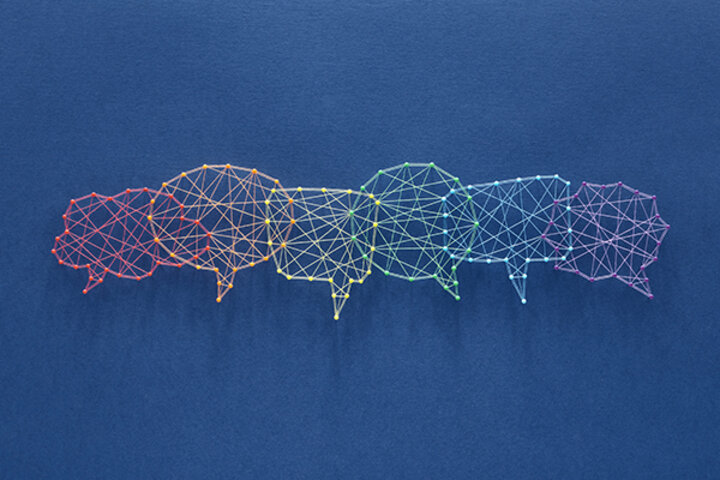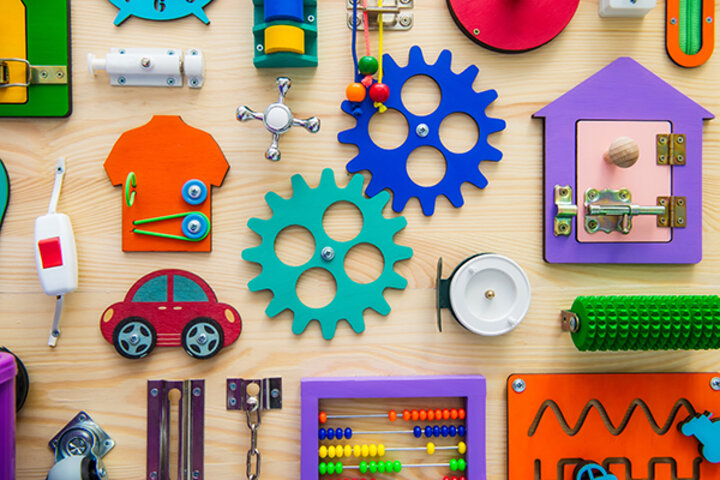
The SCADD Lab is passionate about supporting young children with developmental disabilities (e.g., Autism Spectrum Disorder, William's Syndrome). A diagnosis that has become more prevalent with young children is Autism Spectrum Disorder (ASD). Folks with an ASD diagnosis may prefer to be identified via person-first language (e.g., a person with autism) or identity-first language (e.g., an Autistic person). There are also folks who prefer to be identified as a person on the autism spectrum. It is best to ask each individual what their preference is.
There are several misconceptions about folks diagnosed with Autism. For example, many believe that (a) those with autism do not understand speech or communication and (b) all autistic folks have an intellectual disability. None of this is accurate. While researchers have attempted to identify the cause of ASD, there is no consensus. It is encouraged that researchers evaluate techniques and technologies that will support those on the autism spectrum and their families in a meaningful and compassionate manner. Supporting those with autism (and other developmental disabilities) and autistic rights-holders (e.g., family) is the mission of the SCADD Lab.

What is Autism?
Autism is a developmental disability that 1 in every 31 children are diagnosed with (Maenner et al., 2024). According the the DSM-5, people with autism diagnoses often experience difficulties with social communication and engage in restrictive and repetitive behaviors. As the name of the diagnosis suggests, autism is a spectrum. This spectrum is not linear (e.g., severe, high-functioning). Rather, the spectrum is like a color wheel – different autistic folks have different areas of strength and need. No two autistic individuals are the same. While some characteristics may be similar between two autistic people (e.g., social communication) all autistic people demonstrate unique differences. As Dr. Stephen Shore once shared, "Autism is an extension of the diversity found in the human gene pool."
When someone is being evaluated for a medical diagnosis of ASD, there are two main areas that are evaluated: social communication and restrictive and repetitive behaviors.

Social Communication
According to the American Speech-Language-Hearing Association (ASHA), "Social communication is how and why we use language to interact with other people," and includes both verbal and non-verbal communication. Social communication skills vary from greeting people (e.g., saying "Hi!" vocally) to watching and responding to somebody's facial expressions (e.g., seeing a communication partner make a scrunched face with a slight head tilt and interpreting that as an indication that they did not understand something you said). These often-unwritten rules that are often based upon individual cultures and ways of life can be difficult for autistic people to naturally pick up on. Supports focused on social communication can be critical for some children with ASD.
Many children with Autism will not develop functional vocal speech by the age of 4 (Wodka et al., 2013). In these cases, practitioners should assess the child's strengths, needs, and interests to trial various modes of augmentative and alternative communication (AAC). AAC varies widely and may include laminated picture cards, a voice-output keyboard on a tablet, or a visual scene display in which a photograph is present on a tablet with recorded words, sounds, or phrases highlighting various actions or points of interest in the photograph. The SCADD Lab focuses on providing multiple modes of communication for youth and their communication partners (e.g., peers, family members).

Restrictive and Repetitive Behavior
Folks with autism may show special interests (e.g., ceiling fans, holding a toy train), engage in repetitive motor movements (e.g., tapping one hand with another, swaying back and forth), be sensitive to sensory input (e.g., bright/flickering lights, smells, textures), and/or immerse in consistent routines (e.g., having a specific placement for certain items, relying on expected processes) that are often viewed as "atypical". Practitioners should consider these areas by asking, "is this causing harm to themselves or others?" If the answer is no, an intervention or set of supports may not be necessary or appropriate. For example, an autistic child may jump up and down as a form of sensory stimulation. The jumping may be a motion that calms the child in times of fear/anxiety, or it may help the person focus. The SCADD Lab encourages others to consider asking, "so what?" If nobody is being harmed, and in fact the action is beneficial to the child, supports or intervention may be inappropriate.
There are several supports practitioners that may be useful for autistic folks. Some individuals diagnosed with ASD may benefit from items to fidget with, while others may thrive with visual schedules outlining the tasks/activities that are upcoming. Like all supports, it is critical that the tools and practices are individualized to that person's strengths, needs, and wants. Further, it is important to understand that person's history. The best way to go about this is to listen to the child and family.
"If you've met one person with autism, you've met one person with autism."
Dr. Stephen Shore
For more information and free trainings on various evidence-based strategies for children with Autism, visit the Nebraska Autism Spectrum Disorders Network.